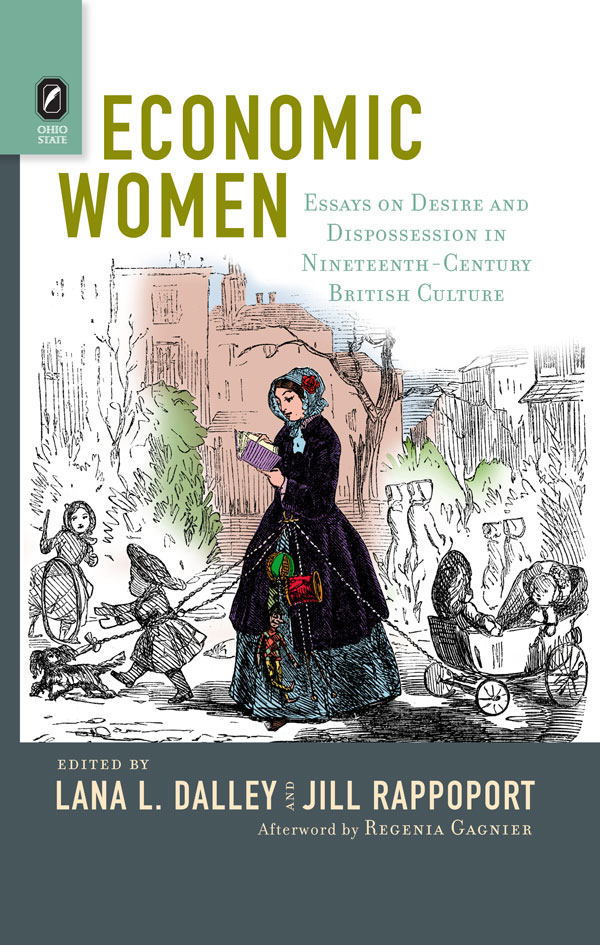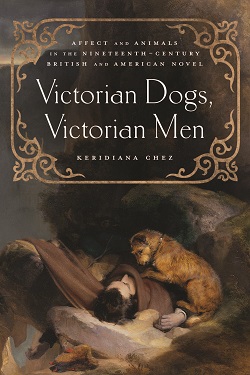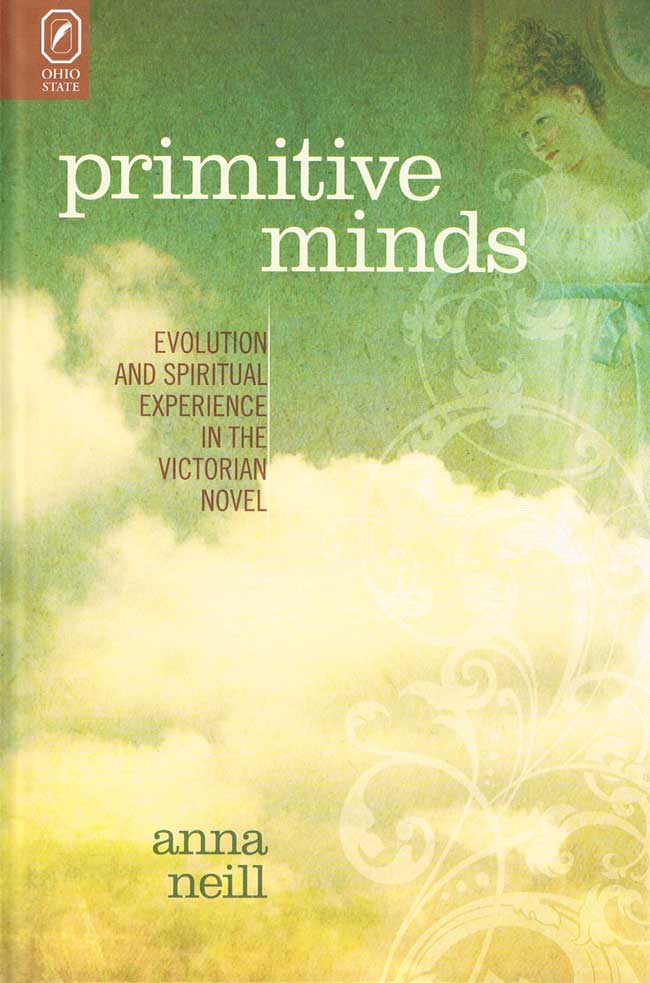Open access edition funded by The National Endowment for the Humanities: Democracy demands wisdom. Any views, findings, conclusions, or recommendations expressed in this book do not necessarily represent those of the National Endowment for the Humanities.
“This book is beautifully written and a joy to read. I am utterly swayed by the author’s concept of ‘togethering’—bringing together, attaching, and assimilating humans and animals through intimacy and intercorporeality—as a powerful alternative to conventional arguments about otherness through which nonhuman species are generally understood.” —Teresa Mangum, University of Iowa
“This is a deeply researched and lucidly written book. What is especially remarkable and admirable is the ethical stance that Chez takes. Animal ethicists from Peter Singer through Cary Wolfe and Barbara King have argued that animal lives matter to animals, and that is enough. Chez’s history of dog representations in English and American fictions is an important addition to that literature.” —Deborah Denenholz Morse, editor of Victorian Animal Dreams: Representations of Animals in Victorian Literature and Culture
Victorian Dogs, Victorian Men: Affect and Animals in Nineteenth-Century Literature and Culture by Keridiana W. Chez is the first monograph located at the intersection of animal and affect studies to examine how gender is produced via the regulation of interspecies relationships. Looking specifically at the development of the human-dog relationship, Chez argues that the bourgeoisie fostered connections with canine companions in order to mediate and regulate gender dynamics in the family. As Chez shows, the aim of these new practices was not to use animals as surrogates to fill emotional vacancies but rather to incorporate them as “emotional prostheses.”
Chez traces the evolution of the human-dog relationship as it developed parallel to an increasingly imperialist national discourse. The dog began as the affective mediator of the family, then addressed the emotional needs of its individual members, and finally evolved into both “man’s best friend” and worst enemy. By the last decades of the nineteenth century, the porous human-animal boundary served to produce the “humane” man: a liberal subject enabled to engage in aggressive imperial projects. Reading the work of Charles Dickens, George Eliot, Margaret Marshall Saunders, Bram Stoker, and Jack London, Victorian Dogs, Victorian Men charts the mobilization of affect through transatlantic narratives, demonstrating the deep interconnections between animals, affect, and gender.
Keridiana W. Chez is Assistant Professor of English at the Borough of Manhattan Community College/CUNY.
Contents
Acknowledgments
INTRODUCTION The Rise of the Prosthetic Dog
CHAPTER 1 Happy Families in Charles Dickens’s David Copperfield and Oliver Twist
CHAPTER 2 Canine Connections in George Eliot’s Adam Bede and Middlemarch
CHAPTER 3 The Ugly Animal in Margaret Marshall Saunders’s Beautiful Joe and Beautiful Joe’s Paradise
CHAPTER 4 Deceptive Docility in Bram Stoker’s Dracula
CHAPTER 5 The Bare-Dog in Jack London’s Call of the Wild and White Fang
CONCLUSION
Works Cited
Index
Related Titles:

Economic Women
Essays on Desire and Dispossession in Nineteenth-Century British Culture
Lana L. Dalley and Jill Rappoport
HARDCOVER







